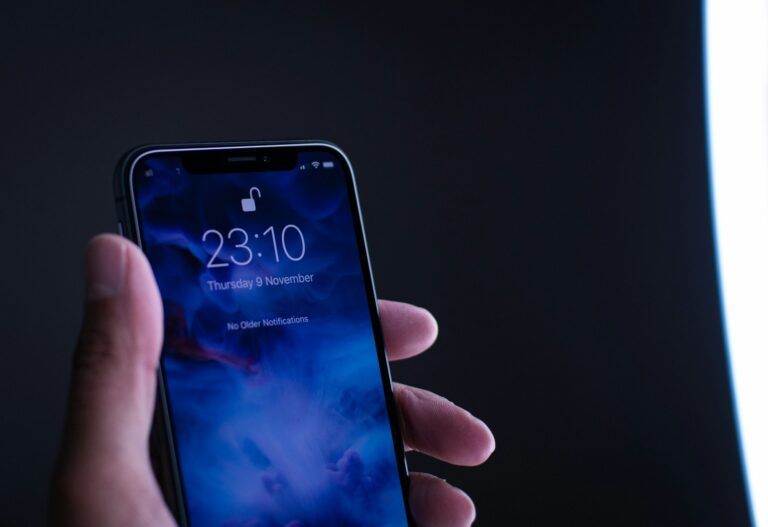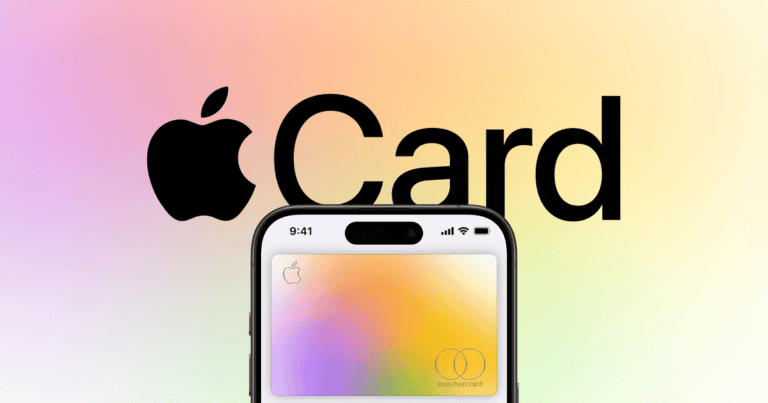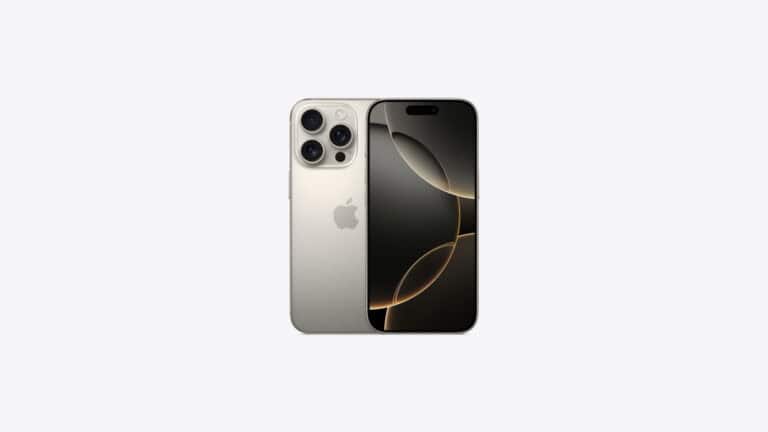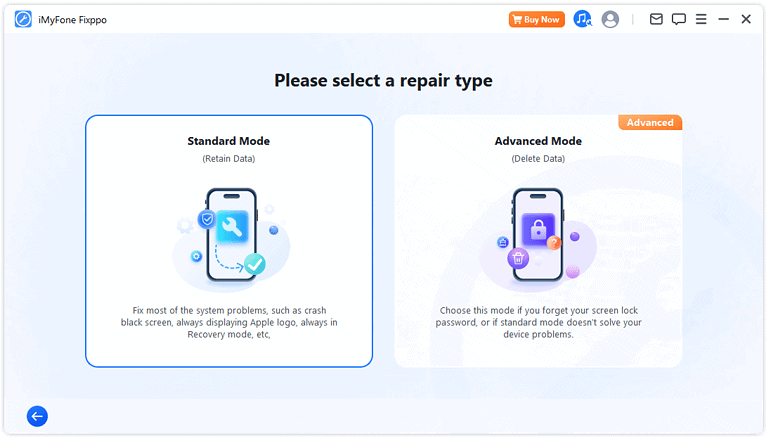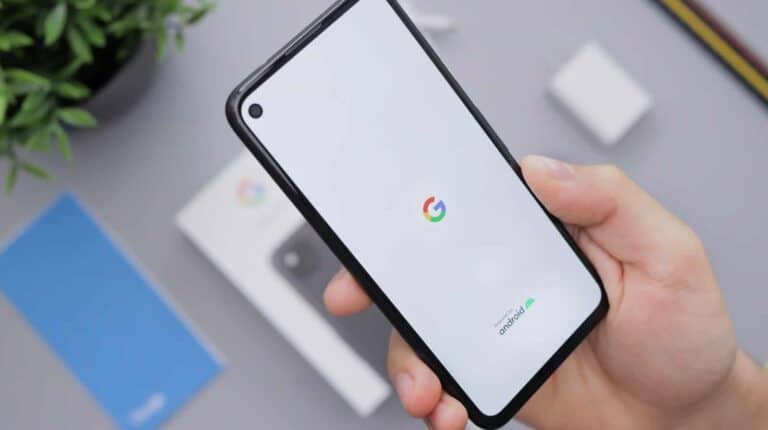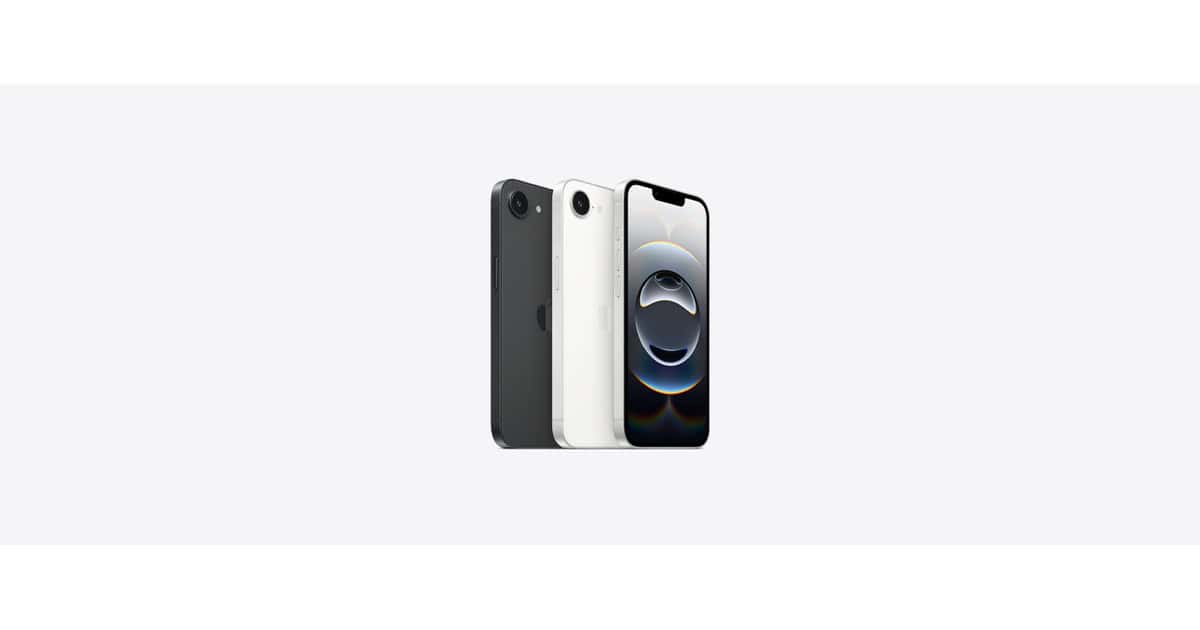
Apple’s latest iPhone models, the iPhone 15 and iPhone 16, offer compelling features for smartphone users. The iPhone 16 brings notable upgrades over its predecessor, including the new A18 chip and Apple Intelligence. The iPhone 16 provides significant improvements in performance, camera capabilities, and overall user experience compared to the iPhone 15.
The design of the iPhone 16 has been modernized, featuring the Dynamic Island across all models. This change marks a departure from the iPhone 15, where the Dynamic Island was limited to Pro models. The iPhone 16 also introduces new physical buttons, such as the Action button and Camera Control button, enhancing user interaction.
Camera enhancements in the iPhone 16 include improved sensors and advanced computational photography. These upgrades result in better low-light performance and more detailed images. The iPhone 16 also supports Wi-Fi 7, offering faster wireless connectivity than the iPhone 15’s Wi-Fi 6 capabilities.
Apple’s iPhone 16 lineup (released September 2024) refines the iPhone experience with better performance, smarter AI features (Apple Intelligence), and subtle design improvements. But how much better is it than the iPhone 15? Let’s break it down.
⚙️ Quick Specs Overview
| Feature | iPhone 16 | iPhone 15 |
|---|---|---|
| Display | 6.1″ Super Retina XDR OLED, 60Hz | 6.1″ Super Retina XDR OLED, 60Hz |
| Chipset | A18 chip | A16 Bionic |
| RAM | 8GB | 6GB |
| Storage Options | 128GB / 256GB / 512GB | 128GB / 256GB / 512GB |
| Rear Cameras | 48MP Main (f/1.6) + 12MP Ultra-wide | 48MP Main (f/1.6) + 12MP Ultra-wide |
| Front Camera | 12MP TrueDepth | 12MP TrueDepth |
| Battery Life | ~20 hours video playback | ~19 hours video playback |
| Charging | USB-C (20W), MagSafe | USB-C (20W), MagSafe |
| AI Features | Apple Intelligence (on-device + cloud hybrid) | Limited (no Apple Intelligence) |
| Build | Color-infused glass, aluminum | Color-infused glass, aluminum |
| Price (2025) | From $799 | From $699 (discounted) |
(Sources: Apple, Macworld, 9to5Mac)
🧠 Performance: A18 vs A16 Bionic
The biggest leap between the iPhone 15 and 16 is the processor.
- iPhone 16: Powered by the A18 chip, built on a 3nm second-generation process, offering up to 20% faster CPU and 25% better GPU performance.
- iPhone 15: Uses the A16 Bionic, still fast but a generation behind in efficiency and AI processing.
The A18 also includes a more advanced Neural Engine, enabling Apple Intelligence features like:
- On-device text summarization
- Smart Reply in Messages and Mail
- AI-powered photo editing and Siri enhancements
👉 Verdict: The iPhone 16 is significantly faster and more future-proof, especially for AI and gaming.
📸 Camera Comparison
Both models share a 48MP main sensor, but Apple refined image processing and added new software capabilities in the iPhone 16.
iPhone 16 Camera Upgrades:
- Improved low-light performance with a wider aperture and better HDR.
- Smarter subject detection powered by the A18’s Neural Engine.
- 4K Cinematic Mode at 60fps (vs 30fps on iPhone 15).
- Better microphone array for spatial video capture (works with Apple Vision Pro).
👉 Verdict: The hardware is similar, but the iPhone 16’s software and AI improvements make a noticeable difference in photo and video quality.
🔋 Battery Life & Charging
Apple slightly improved efficiency in the iPhone 16 thanks to the A18 chip.
- iPhone 16: Up to 20 hours of video playback.
- iPhone 15: Around 19 hours.
- Both support MagSafe and USB-C fast charging (50% in ~30 minutes with a 20W adapter).
👉 Verdict: Battery life is modestly better on the iPhone 16, but not a major leap.
🧠 Apple Intelligence (AI Features)
This is where the iPhone 16 pulls ahead.
Available on iPhone 16 (and 16 Pro):
- Apple Intelligence suite (coming in iOS 18.1 and beyond)
- On-device AI for writing, summarizing, and image generation
- ChatGPT integration via Siri
- Contextual awareness for smarter suggestions
iPhone 15:
- Does not support Apple Intelligence features (limited by A16 hardware).
👉 Verdict: If you want Apple’s new AI ecosystem, you’ll need the iPhone 16.
🎨 Design & Build
Both phones look nearly identical at first glance, but there are subtle refinements:
| Design Aspect | iPhone 16 | iPhone 15 |
|---|---|---|
| Camera Layout | Vertical dual-camera (like iPhone 12) | Diagonal dual-camera |
| New Button | Capture Button (dedicated for photos/videos) | None |
| Colors | Black, White, Pink, Blue, Mint | Black, Blue, Pink, Yellow, Green |
| Frame | Aluminum with color-infused glass | Aluminum with color-infused glass |
The Capture Button is a new addition — it acts like a DSLR shutter button, supporting half-press focus and zoom gestures.
👉 Verdict: The iPhone 16 adds functionality without changing Apple’s clean design language.
🔊 Audio & Connectivity
- Speakers: Slightly improved stereo separation on iPhone 16.
- Connectivity: Both feature 5G, Wi‑Fi 6E, Bluetooth 5.3, and USB‑C.
- UWB (Ultra Wideband): iPhone 16 uses UWB Gen 2, offering better precision for Find My and AirTag tracking.
👉 Verdict: Small but welcome connectivity improvements.
💵 Price & Value (as of late 2025)
| Model | Starting Price (Apple) | Typical Street Price |
|---|---|---|
| iPhone 16 (128GB) | $799 | $749–$779 |
| iPhone 15 (128GB) | $699 | $599–$649 |
👉 Verdict: The iPhone 15 remains a great value if you don’t need Apple Intelligence or the latest chip. But for long-term use, the iPhone 16 is the better investment.
🧾 Summary: Which Should You Buy?
| Category | Winner | Why |
|---|---|---|
| Performance | 🏆 iPhone 16 | A18 chip and better AI capabilities |
| Camera | 🏆 iPhone 16 | Improved low-light and video features |
| Battery Life | 🏆 iPhone 16 | Slightly better efficiency |
| Design | 🤝 Tie | Nearly identical, but Capture Button is a plus |
| AI Features | 🏆 iPhone 16 | Apple Intelligence exclusive |
| Value | 🏆 iPhone 15 | Still excellent performance for less money |
🧩 Final Verdict
- 💡 Get the iPhone 16 if you want Apple Intelligence, the A18 chip, and a future-proof device that will stay relevant for years.
- 💰 Stick with or buy the iPhone 15 if you’re looking for great performance at a lower cost and don’t need the latest AI features.
Bottom Line:
The iPhone 16 is an evolution, not a revolution — but its AI integration and performance bump make it the smarter choice for 2026 and beyond.
Key Takeaways
- iPhone 16 features the A18 chip and Apple Intelligence for improved performance
- New design elements include Dynamic Island on all models and additional physical buttons
- Camera and connectivity upgrades provide enhanced photography and faster wireless speeds
Design and Display
The iPhone 16 and iPhone 15 share similar design elements but differ in key aspects. Both models feature sleek aesthetics and durable materials, with some subtle changes in dimensions and display technology.
Build Quality and Dimensions
The iPhone 16 maintains Apple’s commitment to premium build quality. It uses aerospace-grade aluminum for the frame and Ceramic Shield for the front cover. This protective glass is more resistant to drops and scratches than standard smartphone glass.
The iPhone 16 has slightly different dimensions compared to the iPhone 15. It measures 147.6 x 71.6 x 7.8 mm, making it marginally taller and wider but retaining the same thickness. The weight remains unchanged at 172 grams for the standard model.
Apple offers the iPhone 16 in a range of colors, including:
- Midnight
- Starlight
- Product RED
- Blue
- Green
- Yellow
Display Technology
Both the iPhone 16 and 15 feature a 6.1-inch Super Retina XDR OLED display. This screen technology provides vibrant colors, deep blacks, and excellent contrast ratios. The resolution remains consistent at 2532 x 1170 pixels, offering a sharp 460 ppi pixel density.
The iPhone 16 retains the Dynamic Island, introduced with the iPhone 14 Pro series. This feature replaces the notch with a pill-shaped cutout that dynamically changes to display notifications and ongoing activities.
Key display features include:
- True Tone technology
- Wide color gamut (P3)
- 2,000,000:1 contrast ratio
- HDR support
- 1200 nits peak brightness (HDR)
The iPhone 16 does not include ProMotion technology, which remains exclusive to the Pro models. This means the display refresh rate stays at 60Hz, unlike the adaptive 120Hz found in higher-end iPhones.
Performance and Hardware
The iPhone 16 brings significant upgrades in processing power, battery life, and storage options compared to its predecessor. These improvements enhance overall performance and user experience.
Processing Power and RAM
The iPhone 16 features the new A18 chip, a substantial upgrade from the A16 Bionic in the iPhone 15. This new processor offers faster performance and improved energy efficiency. The A18 chip’s enhanced neural engine enables quicker AI-powered tasks and more advanced machine learning capabilities.
The GPU in the iPhone 16 now supports hardware-accelerated ray tracing. This feature allows for more realistic lighting, shadows, and reflections in games and graphics-intensive applications. The improved heat dissipation system helps maintain peak performance during demanding tasks.
RAM in the iPhone 16 has been increased, though exact figures are not yet confirmed. This boost in memory allows for smoother multitasking and faster app loading times.
Battery Life and Charging
iPhone 16 boasts improved battery life over its predecessor. The standard iPhone 16 offers up to 22 hours of video playback, while the iPhone 16 Plus extends this to 27 hours. This is an increase from the iPhone 15’s 20 hours and iPhone 15 Plus’s 26 hours respectively.
Both models retain USB-C charging ports and MagSafe wireless charging capability. The charging speeds remain similar to the iPhone 15, with fast charging providing up to 50% battery in about 30 minutes using a 20W adapter.
Storage Options
Storage options for the iPhone 16 are expected to start at 128GB, similar to the iPhone 15. Higher capacity models will likely include 256GB, 512GB, and potentially a 1TB option for power users.
The base storage remains sufficient for most users, while larger capacities cater to those who store extensive photo and video libraries or use storage-intensive apps.
Camera and Photography
The iPhone 16 brings notable upgrades to its camera system compared to the iPhone 15. These improvements enhance photo quality, expand creative options, and boost video capabilities.
Camera System Overview
The iPhone 16 features a triple-lens rear camera setup. It includes a 48-megapixel main camera, a 12-megapixel ultra-wide camera, and a telephoto lens. The main camera offers higher resolution and improved low-light performance over its predecessor.
Apple has refined the image processing algorithms. This results in sharper details and more accurate colors in photos taken with the iPhone 16. The ultra-wide camera captures expansive landscapes and group shots with minimal distortion.
The telephoto lens on the iPhone 16 Pro models provides enhanced optical zoom. This allows users to get closer to distant subjects without losing image quality.
Advanced Photography Features
The iPhone 16 introduces new photographic styles. These allow users to customize the look of their photos while preserving skin tones and other important elements. The styles can be applied in real-time or during editing.
Night mode has been improved on the iPhone 16. It now works across all rear cameras, including the telephoto lens. This enables better low-light photography in various shooting scenarios.
Macro photography capabilities have been enhanced. Users can now capture stunning close-up shots with incredible detail. The iPhone 16 can focus on subjects as close as 2 cm away.
Apple has added a dedicated camera control button. This provides quick access to camera settings and modes, improving the overall photography experience.
Video Capabilities
The iPhone 16 supports 4K video recording at up to 60 frames per second. It offers Dolby Vision HDR recording for more vibrant and dynamic footage. The new model includes improved optical image stabilization for smoother handheld videos.
Apple has introduced spatial video recording on the iPhone 16 Pro models. This feature captures 3D video that can be viewed on devices like the Apple Vision Pro headset.
QuickTake video has been enhanced. Users can now seamlessly switch between photo and video modes without changing camera settings. This is particularly useful for capturing spontaneous moments.
The iPhone 16 supports macro video recording. This allows users to film small subjects with incredible detail and clarity.
Software and Connectivity
The iPhone 16 brings notable improvements in software and connectivity features compared to the iPhone 15. These enhancements focus on the operating system, wireless technologies, and network capabilities.
Operating System and Updates
iOS 18 powers the iPhone 16, offering new features and optimizations. This version includes improved AI capabilities for Siri, enhanced privacy controls, and a redesigned home screen. The iPhone 16 supports longer software update cycles, ensuring users receive the latest features and security patches for years to come.
Apple has also refined the user interface, making it more intuitive and responsive. The iPhone 16 boasts faster app loading times and smoother multitasking performance compared to its predecessor.
Network and Wireless Technologies
The iPhone 16 introduces Wi-Fi 7 support, a significant upgrade from the Wi-Fi 6E on the iPhone 15. This new standard offers faster speeds, lower latency, and improved network efficiency. Users can expect quicker file transfers and smoother streaming experiences.
5G capabilities have been enhanced on the iPhone 16. The device features an upgraded modem that provides better coverage and faster data speeds in more areas. This improvement is particularly noticeable in urban environments and crowded spaces.
Bluetooth technology has also seen upgrades, with improved range and stability for wireless accessories. The iPhone 16 supports the latest Bluetooth audio codecs, delivering higher quality sound for compatible headphones and speakers.
Frequently Asked Questions
The iPhone 15 and iPhone 16 series bring several updates to Apple’s smartphone lineup. These changes span design, performance, camera capabilities, and more.
What are the main differences between the iPhone 15 and iPhone 16 series?
The iPhone 16 series introduces larger displays for the Pro models. The iPhone 16 Pro features a 6.3-inch screen, while the iPhone 16 Pro Max boasts a 6.9-inch display. In contrast, the iPhone 15 Pro models have 6.1-inch and 6.7-inch screens.
The base iPhone 16 and 16 Plus maintain the same 6.1-inch and 6.7-inch screen sizes as their iPhone 15 counterparts. Performance improvements are expected in the iPhone 16 series, likely due to a new processor.
How does the camera performance compare between the iPhone 15 and iPhone 16?
Camera upgrades are anticipated for the iPhone 16 series. While specific details are limited, rumors suggest enhanced sensors and improved low-light performance.
The iPhone 15 Pro models already feature a 48MP main camera. It’s possible the iPhone 16 could bring this high-resolution sensor to the base models.
What are the pricing differences between the iPhone 15 and iPhone 16 models?
The iPhone 16 series may see a slight price reduction compared to the iPhone 15 lineup. In Australia, the base iPhone 16 model is expected to start AU$100 lower than its predecessor.
US pricing for the iPhone 15 starts at $699. The iPhone 16 could potentially match or undercut this price point to remain competitive.
How have the battery life and charging capabilities evolved from the iPhone 15 to the iPhone 16?
Battery life improvements are expected in the iPhone 16 series. The iPhone 16 Plus is rumored to offer up to 27 hours of battery life, compared to 26 hours for the iPhone 15 Plus.
Both the iPhone 15 and iPhone 16 series support MagSafe wireless charging up to 15W. Wired fast charging capabilities are likely to remain similar between generations.
What improvements have been made to the display technology from the iPhone 15 to iPhone 16?
The most significant display change is the larger screen sizes for the iPhone 16 Pro models. Resolution and brightness levels for the base iPhone 16 models are expected to be similar to their iPhone 15 counterparts.
OLED technology will likely continue to be used across both the iPhone 15 and iPhone 16 lineups. Potential improvements in color accuracy or refresh rates may be introduced in the newer models.
Are there any significant design changes between the iPhone 15 and iPhone 16?
Major design overhauls are not expected between the iPhone 15 and iPhone 16 series. The overall form factor and materials used are likely to remain consistent.
The larger screen sizes for the iPhone 16 Pro models will result in slightly bigger devices. Button placement and port configurations are expected to be similar between generations.

